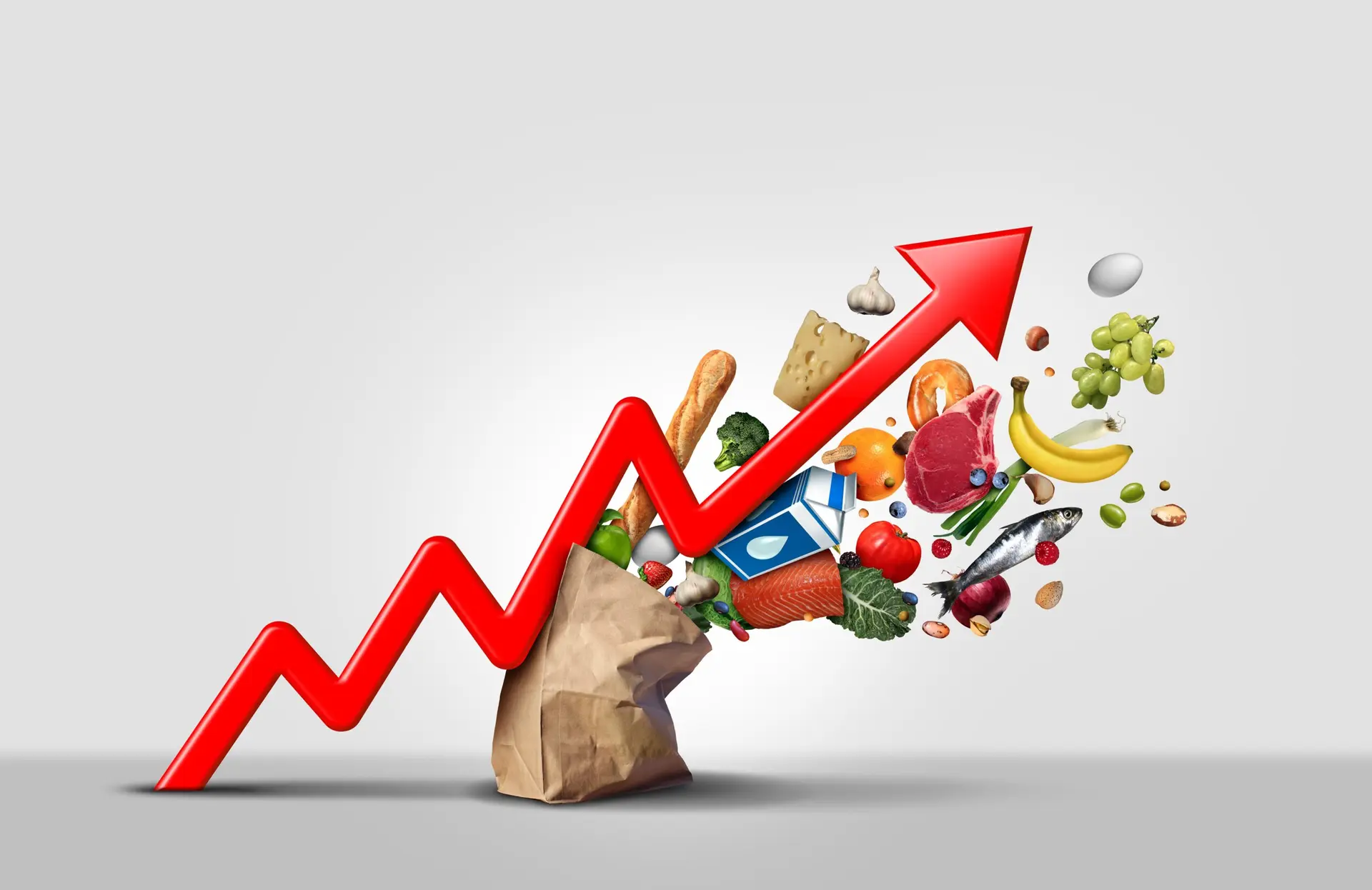Madhavi Singh Shah, writer, says most of the Nepali books she has come across deal with different societal constructs and stigmas that are prevalent in Nepal. They might be important works of literature but they alone aren’t enough to promote a reading culture among those whose preferred language is Nepali.
One reason why writers tend to prefer writing about social issues, according to Shah, is because they have been inspired by what they have seen around them. Not many writers are able to conjure up entire scenarios in their heads. “Most books, for example, ‘Seto Dharti’ by Amar Neupane, revolve around the issues faced by women in our society—whether it be in the past or the present,” she says. Books like ‘Jhola’ and ‘Chirharan’ follow the same route. These are good books, no doubt, but there’s a déjà vu kind of feeling when you read a couple of them back-to-back. Another reason why there is not much variety in Nepali books is because there aren’t many full-time writers. Most writers have other jobs. Writing is something they do on the side, as a hobby or a passion. Badal says this is because writing isn’t a well-paying career option in Nepal. There isn’t much financial stability in it. “Since you can’t invest all your time in it, you can’t research or read much. This limits ideas and there’s not much to play with while writing a story,” says Badal. A good way to bring more variety into the Nepali book market is to translate English books, adds Badal. He believes the availability of translated works might act as a catalyst to push Nepali authors into exploring other genres. There are a few Nepali self-help books available today that are translated works of famous authors like Dale Carnegie and Napoleon Hill. However, several publishers ApEx spoke to don’t seem to think there’s anything wrong with the kind of Nepali books available in the market today. Arjun Adhikari, publisher, Lipi Books Pvt Ltd, thinks most people don’t look around enough to find the kind of books they want. Our publication industry is definitely not as expansive as English publishing but it’s become better in the past few years. As far as translations are concerned, Adhikari says as a publisher he isn’t very keen on them. There have been instances where the essence of the original works has been lost. “It’s only natural for publication houses to be skeptical of it and not invest in it,” he says. Saijan Maskey, publisher at Nepalaya, says in the past 25 years, they have come out with a wide range of Nepali books. From poetry to children’s literature, they have tried to ensure they cater to different readers. Fiction, she says, is more popular than non-fiction but in the past few years, the demand for non-fiction works has also gone up. Maskey mentions that there was a time when only two to three books would be launched in a month. Now, there are at least three to four new releases every week. She believes the reason there seems to be limited Nepali books in the market is because our book industry isn’t supported by the media and there is very little publicity. Many people, she claims, aren’t simply aware of what new Nepali books are being launched or which new authors have recently been published. “I think we also haven’t been able to utilize social media platforms to inform our readers about new releases or any interesting Nepali books that we might already have,” she says. Marketing is a must but the focus must also be on publishing different stories, says Elizabeth Tiwari, co-owner of Pilgrims Book House. She feels there are a lot of Nepali books being published and marketed these days but the stories, though crucial, shed light on similar issues. There is very little variation where themes are concerned, she says. “If you look at the section in our bookstore where we keep Nepali books, you will see that there isn’t a lot to choose from,” she says. As a bookseller, Tiwari feels Nepali books could definitely do with more variety. She feels there are a lot of talented young writers these days who are just looking for a platform. Our publishing industry could tap into that potential to come up with new kinds of content, she says. “There is a need to explore and give space to new writers who can tell diverse stories.”











